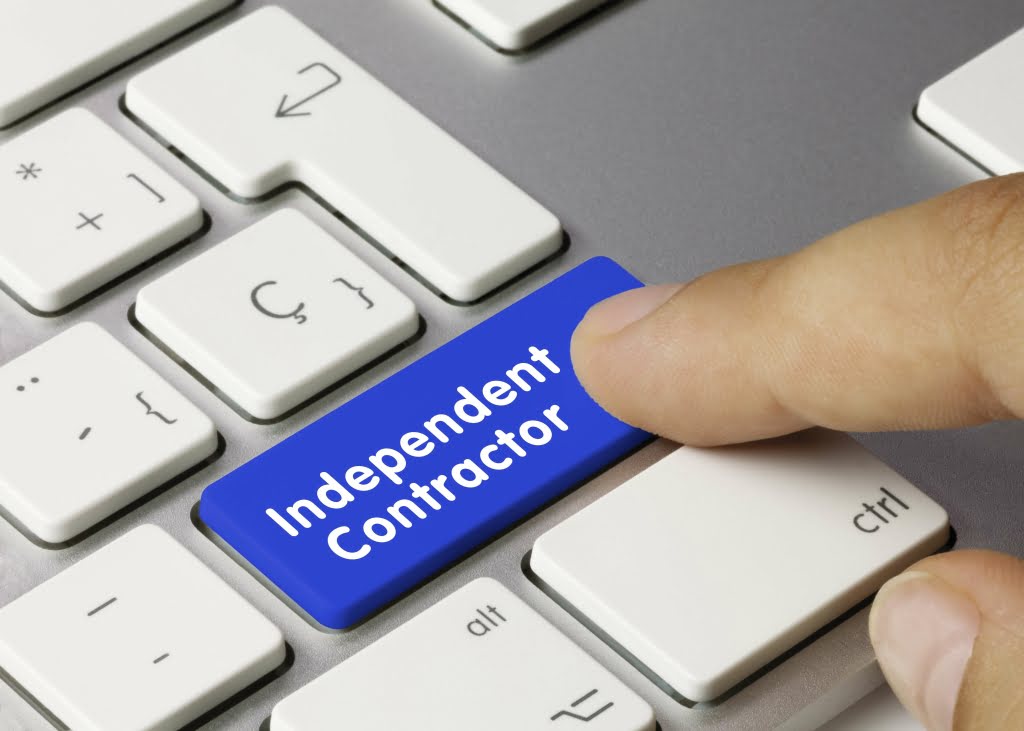
Let’s assume Tom rang up a $100 pair of running shoes for $100, but he miscounted the cash received for the shoes. The accounting system will show $100 how is sales tax calculated in sales but $101 of collections. The journal entry to record this sale would debit cash for $101, credit sales for $100, and credit cash over short for one-dollar. The final piece in the puzzle of managing cash over and short is the investment in comprehensive training programs for employees.

Training to Prevent Cash Errors
This involves comparing the expected cash amounts, based on sales data or receipts, with the actual cash present at the end of a business day. Discrepancies between these figures are indicative of an overage or shortage. To streamline this process, businesses often employ specialized accounting software that can flag inconsistencies as they occur, allowing for timely investigation. Cash over and short refers to an account that records the differences in cash. This difference is between the expected amount in a cash register and the actual amount counted at the end of a shift or a day. If the latter is higher than the expected amount, it falls under cash over.
- Most retailers’ accounting systems have a cash over short account setup because they generally deal with cash sales everyday.
- A key component of this framework is the segregation of duties, which ensures that no single individual has control over all aspects of a financial transaction.
- These practices can either provide a temporary solution or a permanent resolution to past cash discrepancies.
- This is particularly common in high-volume sales environments where the pace of transactions can lead to oversights.
- Shaun Conrad is a Certified Public Accountant and CPA exam expert with a passion for teaching.
- The goal is to trace the origin of the discrepancy, whether it’s a simple cashier error or a more complex issue like misrecorded sales.
How is the account Cash Short and Over used?

Cash Over and Short is an income statement account used to track differences in cash collections from what is expected and what is actual. It is used in businesses that use cash in day-to-day operations, for example, retail stores and restaurants. Cash Over and Short reconciles what is in the cash drawer vs. what the cash register record cash short and over is classified as a says should be in the cash drawer.

Reporting Cash Over and Short in Audits
- The initial focus typically centers on the most recent transactions, as these are often where errors occur.
- Accruing tax liabilities in accounting involves recognizing and recording taxes that a company owes but has not yet paid.
- As stated above, any discrepancy during this process goes into the cash over and short account.
- Starting a nonprofit can be a fulfilling way to make a difference in the community, but it requires careful planning and consideration.
- The accounting for these transactions is also straightforward, as discussed above.
- However, if the actual cash amount is lesser, it is called cash short.
These errors are compounded when there is a lack of standardized procedures for counting and recording cash amounts. Furthermore, the physical transfer of cash from point of sale to the safe or bank can Interior Design Bookkeeping introduce variances if not properly monitored and documented. The use of physical cash has decreased due to banking and various online alternatives.
Accounting Instruction, Help, & How To (Financial & Managerial)
Effective training equips staff with the knowledge and skills necessary to execute cash transactions accurately and to respond appropriately when discrepancies occur. It should cover the proper use of cash registers, the importance of double-checking transactions, and the procedures for reporting anomalies. Regular audits and surprise cash counts also play a crucial role in maintaining the accuracy of cash management. These procedures help to verify that the reported cash levels are accurate and that internal controls are being followed. Audits, whether conducted internally or by external parties, provide an objective review of financial practices and can identify areas for improvement. To safeguard against cash handling errors and misappropriation, businesses implement internal controls that serve as a framework for financial integrity.
Featured Businesses

It may seem like a small item to track, but think of it from the point of view of a retail or restaurant chain where millions of dollars pass through the cash registers every day. Every time a register is short, the company’s expenses increase and profits decrease. A series of cash overs and shorts may be a sign of theft or other problems in the company. As the investigation deepens, it’s beneficial to engage various members of the team, leveraging their insights and experiences.

